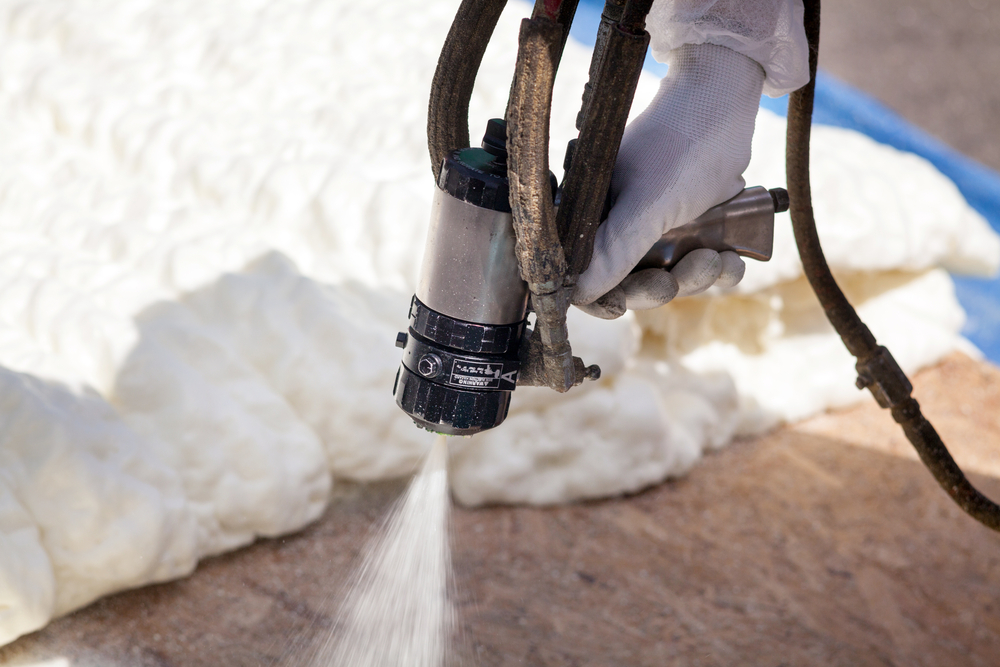Insulating your house is of paramount importance for various reasons. It not only contributes to energy efficiency and cost savings but also enhances comfort, reduces environmental impact, and improves overall well-being. Insulation acts as a barrier against heat transfer, preventing the loss of warmth during colder months and minimizing heat gain during hotter months. Here are some key reasons why it is important to insulate your house:
- Energy efficiency: Insulation plays a crucial role in maintaining a consistent and comfortable indoor temperature. By reducing heat transfer through walls, floors, and roofs, insulation helps to minimize the need for heating and cooling systems, thereby lowering energy consumption and utility bills. A well-insulated house can significantly improve energy efficiency, leading to substantial cost savings over time.
- Comfort: Insulation creates a thermal barrier that helps to regulate indoor temperatures and reduce drafts. It keeps your home warm in winter and cool in summer, ensuring a comfortable living environment for you and your family. Insulation also helps to minimise noise transmission, providing a quieter and more peaceful indoor atmosphere.
- Environmental impact: Insulating your house is an effective way to reduce your carbon footprint. By reducing energy consumption, insulation helps to lower greenhouse gas emissions associated with heating and cooling systems. It contributes to sustainable living by conserving resources and promoting environmental responsibility.
- Moisture control: Insulation acts as a moisture barrier, preventing condensation and dampness from entering your home. It helps to control humidity levels, reducing the risk of mold growth, mildew, and associated health issues. Proper insulation safeguards the structural integrity of your house by protecting against moisture-related damage.
- Health benefits: Insulation not only improves physical comfort but also promotes better indoor air quality. By minimizing drafts and air leakage, insulation helps to prevent the infiltration of pollutants, allergens, and outdoor contaminants. This is especially beneficial for individuals with respiratory conditions or allergies, as insulation contributes to a healthier living environment.
- Property value: Insulating your house enhances its market value and desirability. Energy-efficient homes with proper insulation are increasingly sought after by homebuyers due to the long-term cost savings and environmental benefits they offer. Insulation is considered a valuable investment that can pay off in terms of increased property resale value.
In conclusion, insulating your house is a vital step towards energy efficiency, comfort, and environmental sustainability. It provides numerous benefits, including reduced energy consumption, cost savings, improved comfort, moisture control, enhanced indoor air quality, and increased property value. By insulating your house, you contribute to a greener future while enjoying a more comfortable and healthier living environment.

